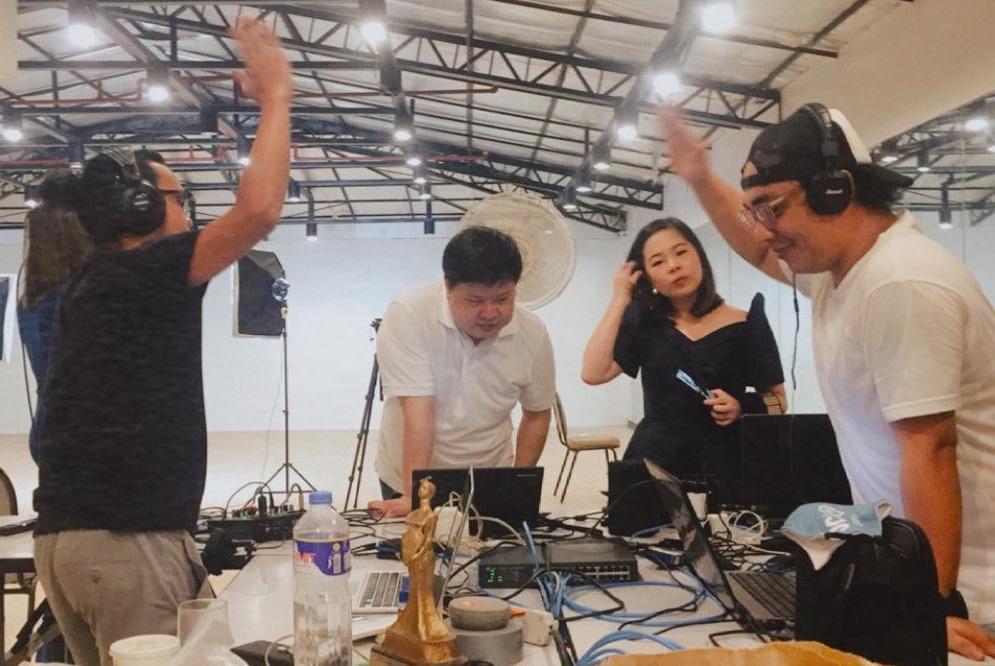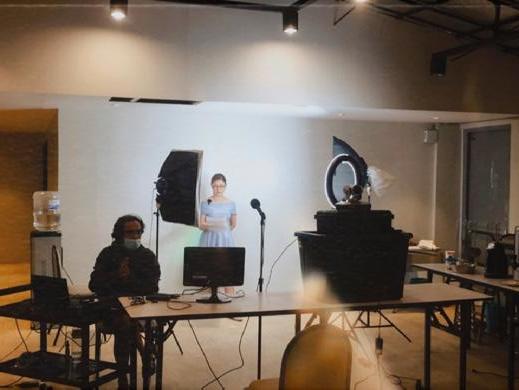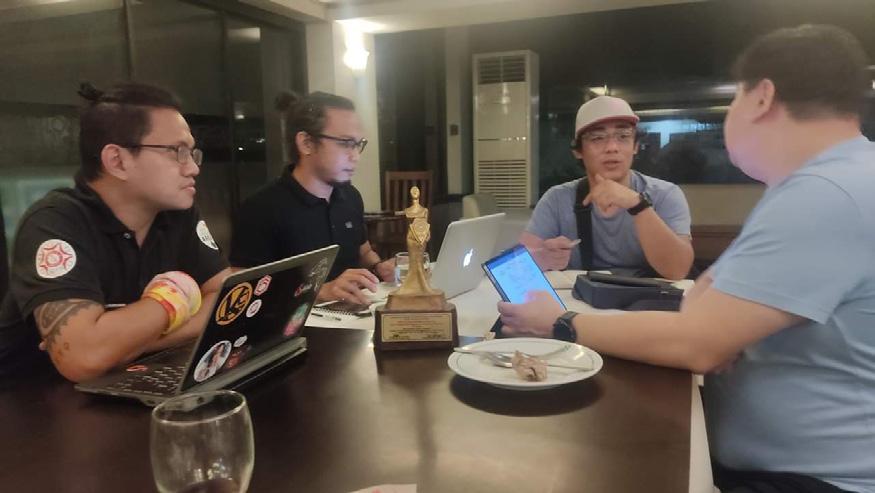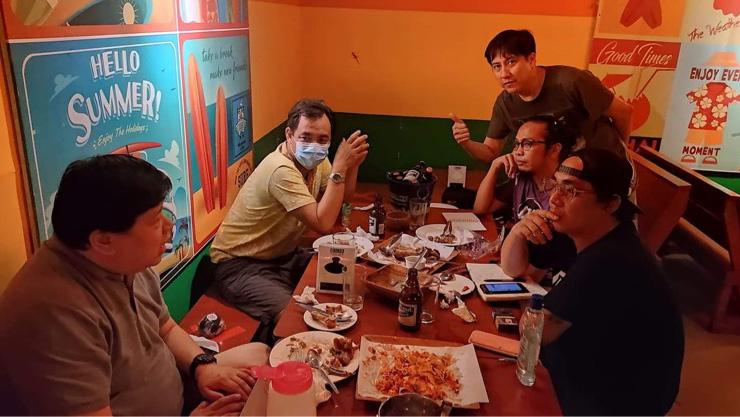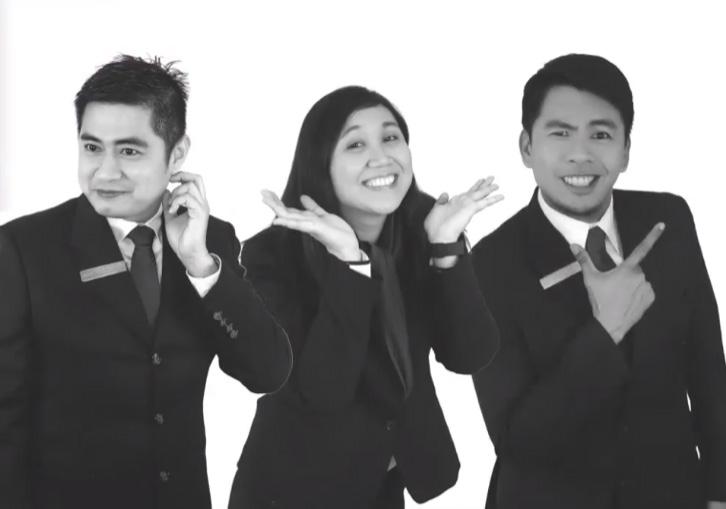
3 minute read
AREA 3: A YEAR OF BREAKING BARRIERS


Advertisement
The world is changing. It had and will always be that way. But change has never been more evident and unanticipated than it was when the year 2020 came – natural disasters like the massive Taal Volcano eruption, considerable urban fires, the economy tanked like never before, and national borders were closed off. Words like “lock down”, “self-isolate”, and “new normal” became mainstream and entered our vocabulary and psyche. Lives were changed – and worse, lost. The whole world stood still and could do nothing but watch as the coronavirus swept across countries, relentless and unchecked. In a matter of months, we experienced the kind of social, economic and political upheaval that normally comes only after years of drought, famine, or war. With this kind of changing world, so too must we. To Do Or Not To Do: The New Normal - With the restrictions imposed by the national government and the local government units in lieu of the containment of COVID-19; travel is made limited and exercising public gatherings became almost an impossibility. With these two critical aspects dubious, celebrating the South Luzon Area Conference the traditional way for the JCI chapters in the regions of Laguna, Cavite, Palawan, Southern Tagalog and Bicol became a question answerable by only two choices: accept the impossibility of the situation and postpone until next year, or find a way to make something previously inconceivable a reality.
Area 3 officers headed by the Area Vice President John Glenn Lee, with the staunch support of the Regional Vice Presidents Abraham Cataquiz of Laguna, Paula Nikole Prado of Palawan, John Morris Monton and Jinkle Joy Arandia of Cavite, John Ryan Mitra of Southern Tagalog, Arianne Carranceja of Bicol, as well as the 2020 SOLAC host chapter JCI Legazpi, opted for the latter and significantly harder choice. Cramming what could have been a year’s worth of preparation into a couple of months, and utilizing the recent advances of virtual communication platforms, Facebook, Zoom and Streamyard; the concept for the eSOLAC was born.
When It Rains It Pours – Customarily transpiring during the early part of the month of September, the annual SOLAC celebration was moved to the month of November so as to enable the production of the materials needed for the virtual week-long conference. However, already short of manpower and time, 2020 decided to stay true to
its reputation and sent a slew of three typhoons – Typhoon Quinta, Super Typhoon Rolly, and the equally devastating Typhoon Ulysses. One after another, each only a week apart as they rip roofs off homes, flood entire communities, and plunged a large part of Luzon and the entirety of Bicol in black out. The production for the eSOLAC had to push on despite these hurdles and the need to do it simultaneously with desperatelyneeded Oplan Kaagapay campaigns. JCI local organizations located in hard-hit regions had to brave bad weather, inexistent power, and fluctuating Internet connections just to forward photos, information, and short video clips for their participation in the eSOLAC celebration. And with data connectivity already bad as it is even in good weather conditions, this simple challenge sometimes proves already too much – out of the 43 area chapters, only 14 were able to completely provide needed materials on time.
